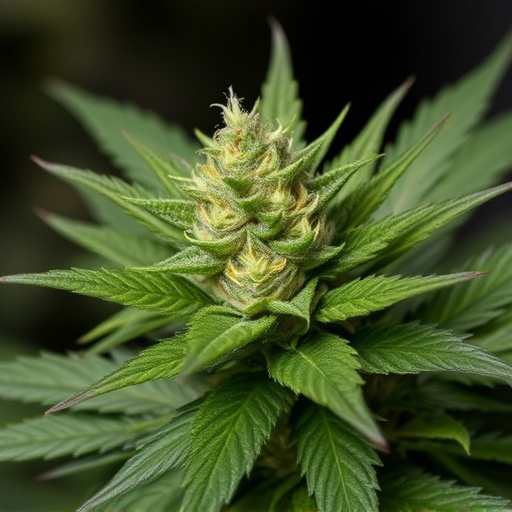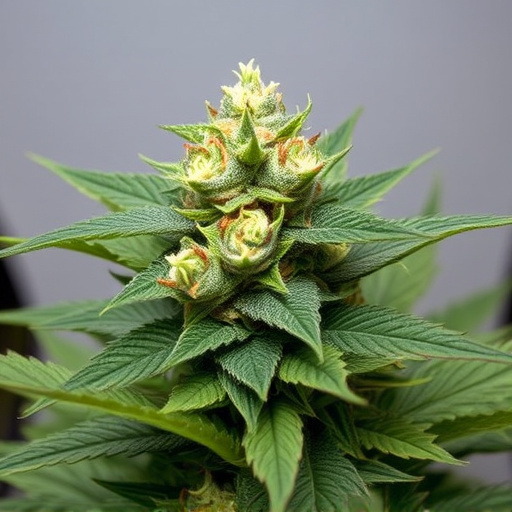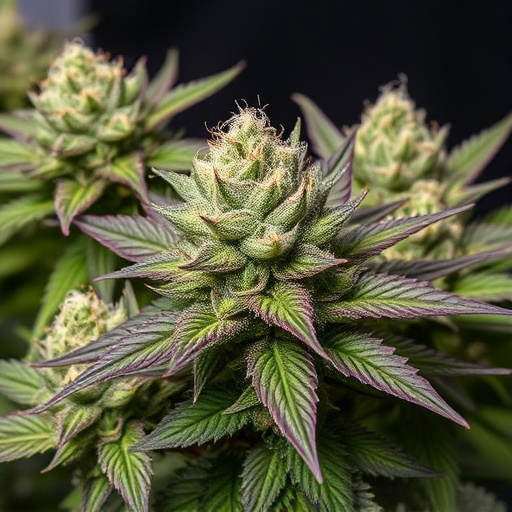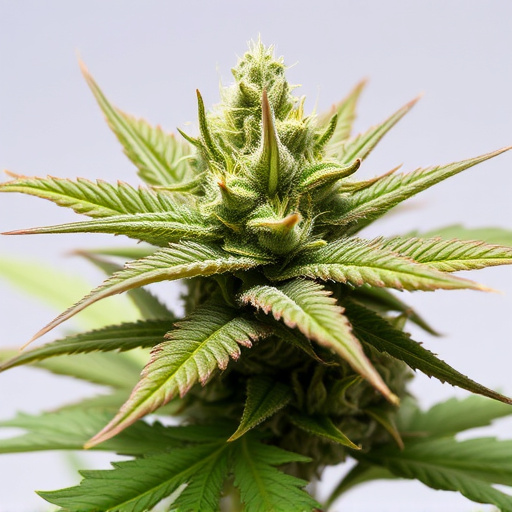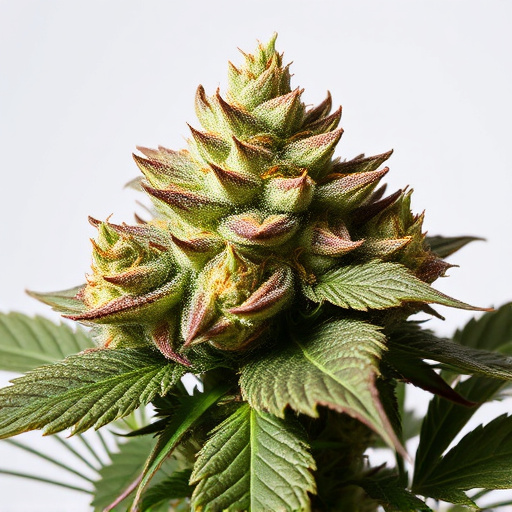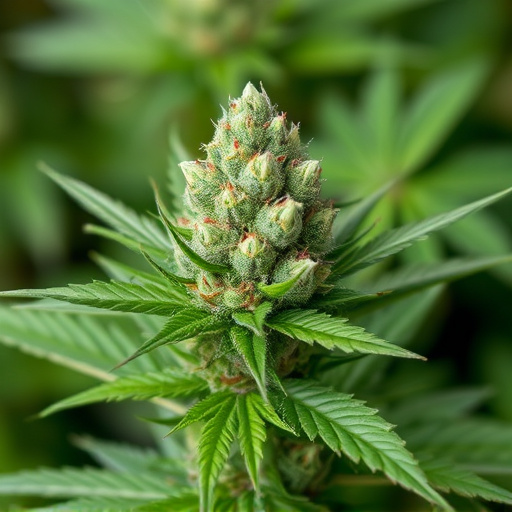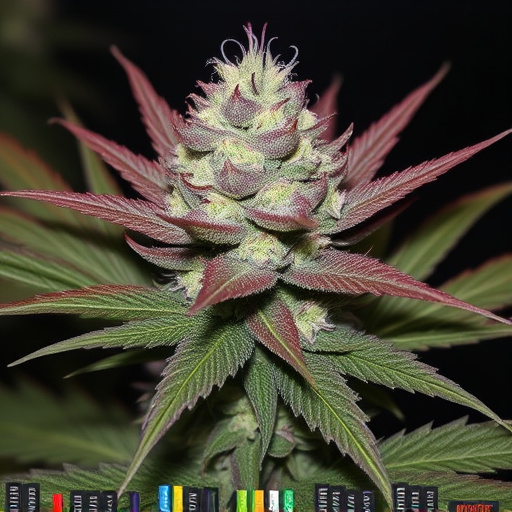Landrace strains, natural cannabis varieties evolved over centuries in specific regions, offer unique therapeutic benefits due to their diverse genetic makeup and chemical compositions (terpenes). Known for consistent characteristics, these pure and indigenous plants are sought after by enthusiasts for quality and authenticity. Their study provides insights into the natural medical properties of cannabis, contrasting modern hybrid strains. Landraces' genetic diversity is valuable for breeders, enhancing adaptability and resilience in hybrid weed strains while mitigating inbreeding depression.
In the realm of cannabis, landrace strains hold a unique and profound place. This article explores why these ancient, pure varieties are crucial, particularly in therapeutic applications and modern breeding practices. We delve into the origins and genetic purity of landraces, highlighting their untapped potential for hybrid weed strains. Understanding their significance is key to navigating the diverse cannabis landscape, ensuring genetic diversity, and unlocking new therapeutic avenues.
- Understanding Landrace Strains: Origins and Purity
- The Benefits of Landrace Strains for Therapeutic Use
- Preserving Genetic Diversity: Why Landrace Strains Matter in Hybrid Weed Breeding
Understanding Landrace Strains: Origins and Purity
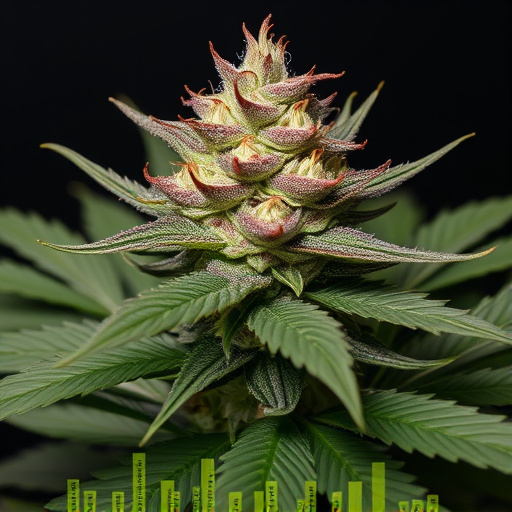
Landrace strains, often referred to as pure or indigenous varieties, are the original cannabis plants that have grown wild in specific regions over centuries. These strains are not hybrids, which means they haven’t been artificially crossed with other varieties to create new combinations. Instead, landraces have evolved naturally, adapting to their local environments and developing unique genetic traits. Their origins can be traced back to particular geographical areas, where they’ve faced diverse climates and ecological conditions, leading to a wide array of chemical compositions, or terpenes, that contribute to their distinct aromas and effects.
The purity of landrace strains is a significant aspect that sets them apart from hybrid weed strains. Without human intervention, these plants maintain their genetic integrity, ensuring consistent and predictable characteristics. This purity results in consistent effects and sensory experiences for users, making landraces sought-after by those who prioritize quality and authenticity. Moreover, studying landrace strains offers valuable insights into the potential medical benefits of cannabis as it exists naturally, unaltered by modern breeding practices.
The Benefits of Landrace Strains for Therapeutic Use
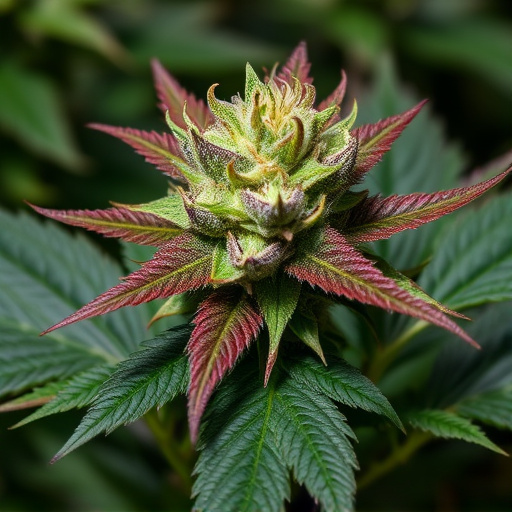
Landrace strains, with their deep-rooted origins, offer unique therapeutic benefits that set them apart from modern hybrid weed strains. These ancient plants have been meticulously selected and bred over centuries by local communities for specific medicinal properties. As a result, landraces often possess potent levels of certain cannabinoids and terpenes, making them highly effective in treating various ailments.
For example, some landrace strains are renowned for their high CBD content, which can provide significant anti-inflammatory and analgesic effects without the psychoactive high associated with THC-rich plants. Others may have been cultivated for their ability to induce relaxation and reduce anxiety, featuring specific terpene profiles that interact with the body’s endocannabinoid system. This natural selection process ensures landrace strains offer a diverse range of therapeutic options, catering to individual needs in a way hybrid strains often cannot match.
Preserving Genetic Diversity: Why Landrace Strains Matter in Hybrid Weed Breeding
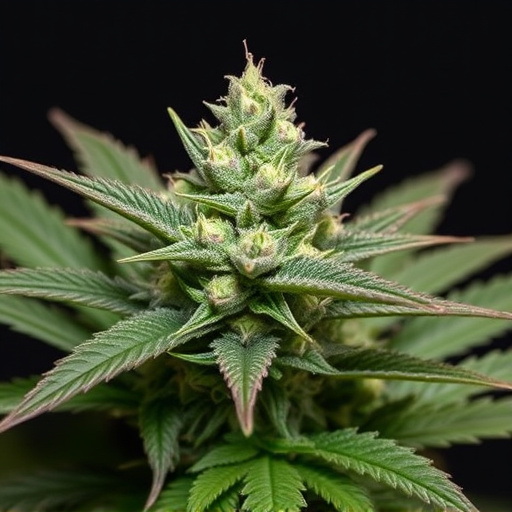
Landrace strains, native to specific regions and adapted to local conditions, play a pivotal role in preserving genetic diversity among hybrid weed strains. As breeders introduce genes from different sources to create hybrid varieties, maintaining a connection to these traditional landraces becomes essential. This is because landraces have endured natural selection pressures over generations, resulting in robust traits that can enhance the adaptability and resilience of modern hybrids.
By utilizing landrace genetics, breeders can access a wealth of genetic variations, including unique adaptations to climate, soil types, and pests. Incorporating these diverse traits into hybrid weed strains enables them to better withstand environmental changes and reduce the risk of inbreeding depression. Thus, preserving landraces ensures that future generations of hybrid plants will remain robust, productive, and true to their original characteristics.
Landrace strains play a vital role in both therapeutic applications and preserving genetic diversity, especially within hybrid weed breeding. Their unique origins and purity offer distinct advantages for medical users, while their diverse genetic makeup is crucial for enhancing and maintaining the quality of modern hybrids. Recognizing and prioritizing these ancient strains ensures a richer and more sustainable future for cannabis cultivation, benefiting both growers and consumers alike.








